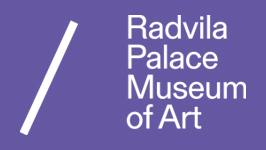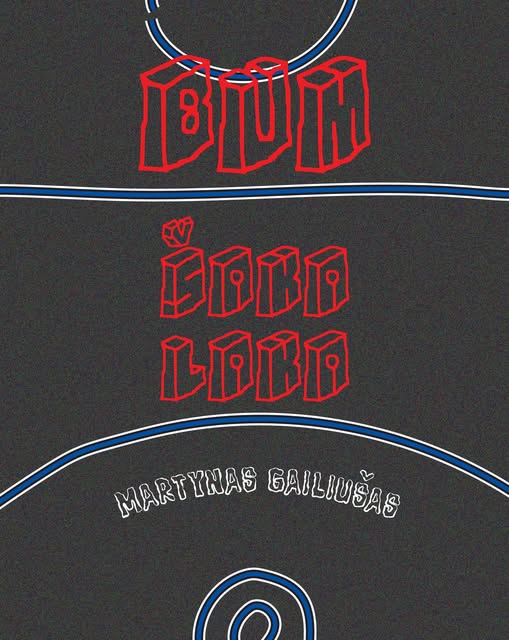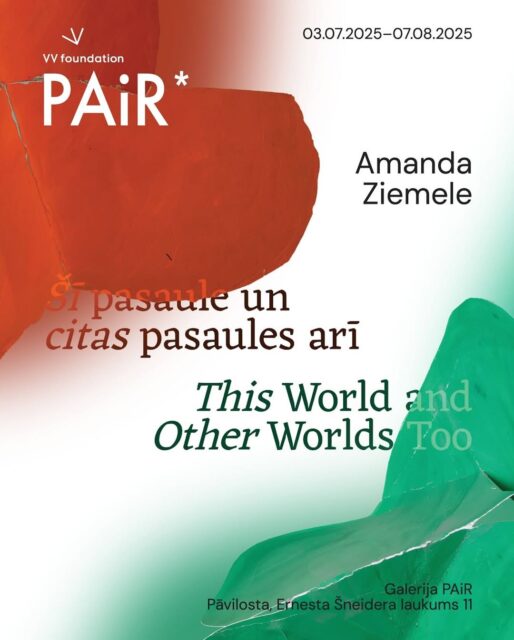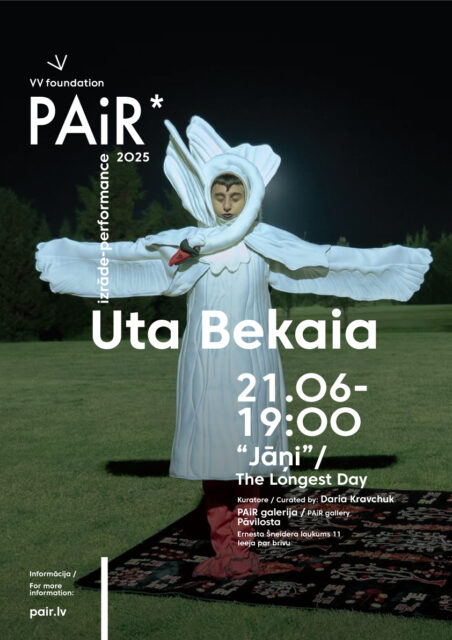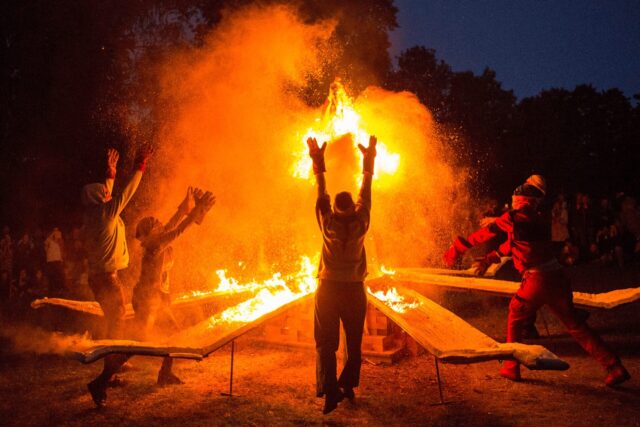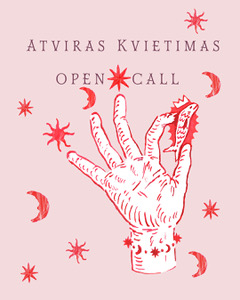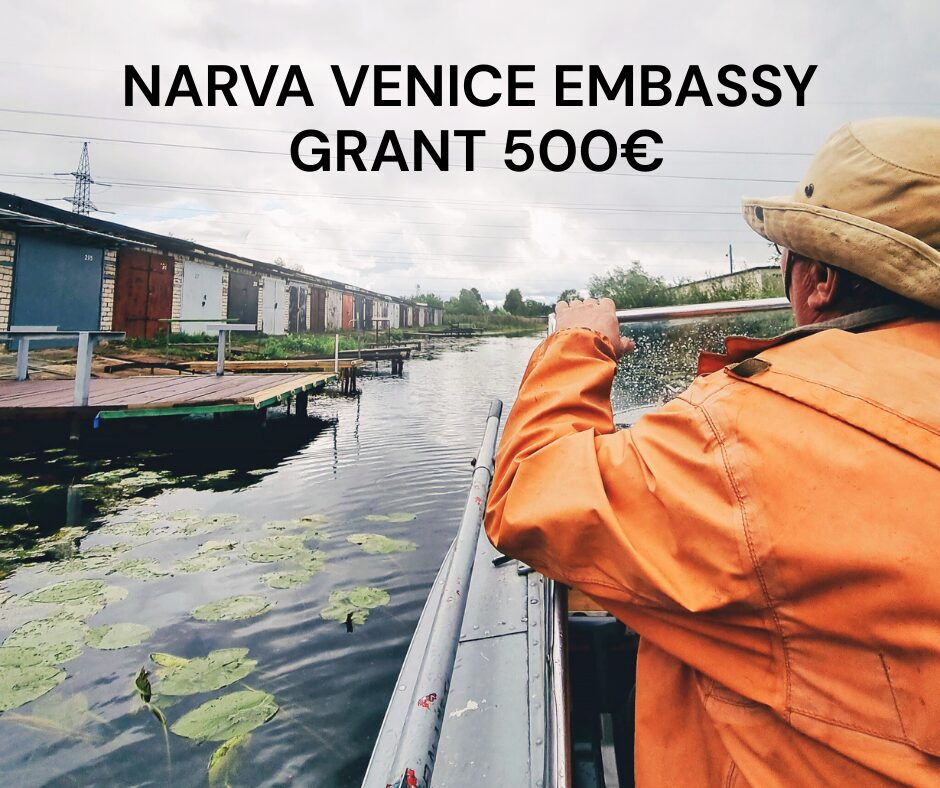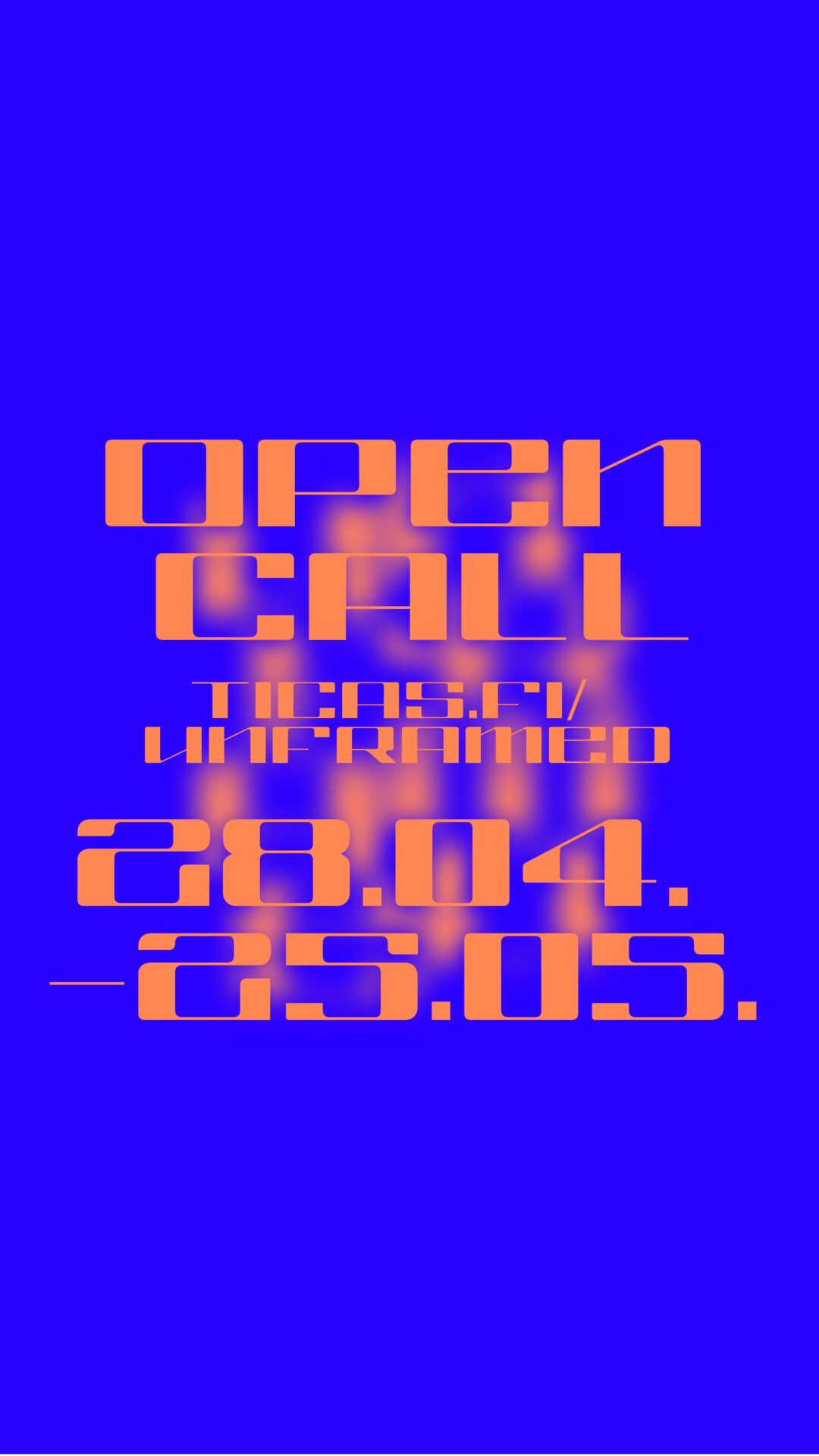Kah Bee Chow’s installation begins with a perfect circle, comprised of hieroglyphs which can mean a turtle shell, a shield or a fingernail. Seamlessly dispersed throughout the space with the ‘non-perfect’ bits of matter, the work initiates a tacitly liberating conversation on a rather heavy topic.
In a text for her exhibition in Denmark a few years ago Kah Bee Chow wrote: ‘For me, etymology usually means tracing a movement between countries, between languages, the way a word has traveled and shifted through time, sometimes placing a word within a family or finding long-lost relatives – honing in on a way of seeing things, a way of looking at things.’
In the context of the exhibition, devoted to its shelled and shield-armored creatures spreading across Editorial’s project space, it would make sense to look into the complex meaning of a Lithuanian word ‘saugumas’ that goes both for ‘safety’ or ‘security’ in English. Today, the word ‘safety’ predominantly describes a person’s psychological wellbeing – first and foremost, children should feel safe at home and in school; adults should feel safe in their own families and at work; a citizen should feel safe in their society, and we all have to create a nation, safe for everyone. It’s easy to see how invocations to the word safety might imply sentimentality. And yet, in Lithuanian exactly the same word evokes other meaning, that of ‘security’ of the state, linking it to the soviet structures of keeping society under control, which for the majority, paradoxically, meant terror. ‘Saugumas’ was probably one of the most horrifying words of the time. In our contemporary world, this meaning is not merely a ghost of a dead phenomenon – that kind of ‘security’ has by no means gone – it has simply become more transparent and dispersed. Nevertheless, the soviet inscribed meaning of the word perfectly highlights the paradox of the aim towards safety or security, having in mind, for example, the security checks that enforce feelings of threat.
This short investigation into the word has highlighted a polarity of meanings, which generally exists in our society’s perception of the word too. The truly ‘safe’ security is our own, and it is personal. The ‘unsafe’ security is inseparable from ‘those who are keeping us safe’, i.e. the scary looking security guards, the stress at the airports or national institutions. In other words, it is inseparable from the ones ‘up there’, the ones who decide for us how they would like to keep us safe.
This is why Kah Bee Chow’s exhibition creates this sense of ‘a liberating conversation on a rather heavy topic’, because it steers away from this traditional polarity. At the exhibition a video of an actual turtle, which nonetheless is undoubtedly symbolic in its references to personal safety and vulnerability (this symbolic meaning helps YouTube to raise the turtle rescue operations to the heights of popularity) unnoticeably merges with other less convenient social processes. Similarly, as in the video of the installation where the images of a turtle swimming across a pond silently ‘water down’ the nightmare of a tsunami, the global panic around plastic, prevalent in the exhibition, the eerily perfect hieroglyph-shields and plants safe yet lonely in their pots, form a fragile constellation whose resolute sensitivity refute any doubt of the relationship of threat to safety; however, in spite of that, the radical problematics of security have been watered down with lighter tones.
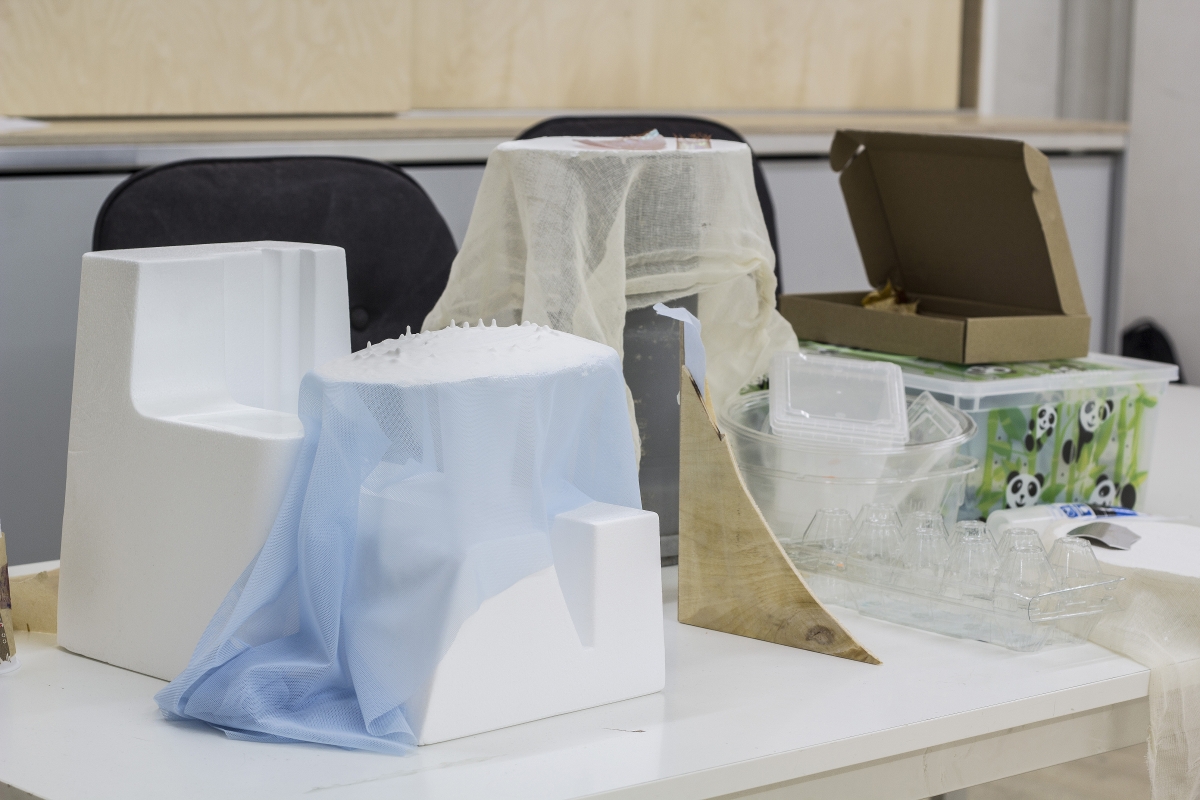 Kah Bee Chow investigates brittle security (see for instance, the brittleness of plastic egg containers, cheesecloths or protective ornaments in her work), and in this way avoids the problematic polarity between authentic and imposed securities. The fragile safety she creates is more convincing than iron walls or extra-soft mattresses; and yet, it is still not the desperate vulnerability of an unshelled turtle.
Kah Bee Chow investigates brittle security (see for instance, the brittleness of plastic egg containers, cheesecloths or protective ornaments in her work), and in this way avoids the problematic polarity between authentic and imposed securities. The fragile safety she creates is more convincing than iron walls or extra-soft mattresses; and yet, it is still not the desperate vulnerability of an unshelled turtle.
The author of this text, as the other readers of the original Lithuanian text, comes from a country where there are no earthquakes or tsunamis. The residents of such countries have been granted a possibility to understand the relation between these natural phenomena and humanity with certain securely distant curiosity. Therefore, I have recently been intrigued by the fact that one of the architectural strategies to solve the earthquake problem is to build extremely light and easily-collapsing buildings, that, thanks to their weight, when falling down wouldn’t hurt the people hiding behind the tables inside. Just like in Kah Bee Chow’s exhibition, one’s decision at the sight of a threat form a fragile combination. Fragile enough not to kill the one who is being protected by it, yet still existing, meaning that it is still important to dive under the table in time.
Is there a possibility of reading the exhibition in a different way? Perhaps the threat here is lurking behind the pastel tones, the light shells and the subtle taming of the space. In the end of her text for Editorial project space, Kah Bee Chow repeats the words of her friend: ‘If language needs to be used for pain, it needs to be correct, humour laden, discreet, or abstract. It needs to be hidden, written with constraint.’ These words suggest that it might actually be the case. Maybe the turtle swimming in the pond might not in any way ligthenthe true nightmare of a tsunami and its true mission is to create a disquiet-generating, elegant form of language on the subject of a tsunami. And yet I myself, in the present moment in the current setting, choose the fragile shells and shields of the exhibition to be not a refined coating of vulnerability, but a more insightful principle – a light, lively and transparent one, which allows you to breathe – of creating security.

For the full set of photos from Kah Bee Chow’s exhibition at the Editorial project space, see here.




